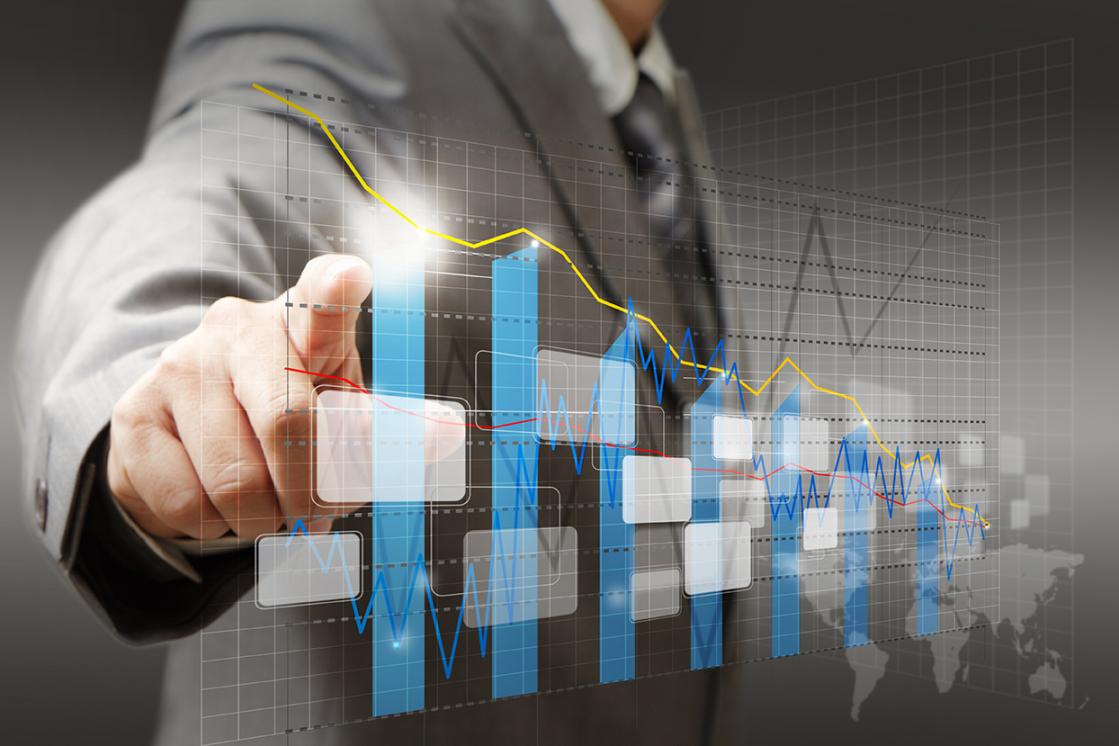After 5 days of steady downtrend that resulted in more than 5 percent slump in the equity market’s benchmark, the Tehran Stock Exchange (TSE) initiated crawling up to recover a small chunk of the somewhat heavy losses.
The stock market seems to be getting back on track, as investors seem to have digested the recent developments regarding talks over Iran’s nuclear program, dramatic plunge in oil prices, and the unprecedented fluctuations in foreign currencies market.
The extension of nuclear talks, last week’s decision by the Organization of Petroleum Exporting Countries (OPEC) to maintain its current output, and fluctuations across various markets in Iran, especially at the forex market where rial kept on devaluating against major foreign currencies.
But after a few days, the stability is moving back to the market, persuading the investors to disregard the unofficial reports, and figure out their next trades more carefully.
TSE Trade on Tuesday
According to TSE data, most of the indices contributed to push the TEDPIX up, promising steady positive trading days ahead.
The TSE’s gauge inched up 137.8 points or 0.19 percent to initiate wiping out recent massive losses, reaching near previous record highs of the past few weeks.
The first market index, as the only laggard, shed 30.9 points or 0.06 percent to end at 53,038.5. The second market index surged 1,140.4 points or 0.8 percent to settle at 143,378.4. The free float index had a flat trading day, with a 1.6 point up to 82,653.6. The industry index gained 126 points or 0.21 percent to stand at 60,612.3, and the blue chip index edged up 4.2 points or 0.13 percent to finish the day at 3,242.6.
Despite a brief rally, the trade volume and value dropped compared with the last trading day (Monday), as almost 866 million shares were traded, valued at nearly 2.18 trillion rials.
Pasargad Bank, Pars khodro and Saipa recorded the highest volumes of trade, although all of them recorded negative trading days.
Regarding the trade value, Pasargad Bank stood first, Persian Gulf Petrochemical Industry Company (PGPIC) took the second place, and Iran Tractor Manufacturing Company (Tractorsazi) stood third.
The PGPIC registered lucrative trades with large number of investors trading its shares, and it managed to be the most positive contributor to the benchmark. Tose-e Melli Group Investment was the second contributor to the TEDPIX upsurge, while Mellat Bank stood next with 14.11 positive impacts on the TEDPIX.
Critical Infrastructures
The information and communication technology (ICT) is the most critical component of the financial market, which can help form attractive markets, by providing the essential infrastructure.
Iran’s financial market has a long way ahead in order to become a professional platform for various types of funds, portfolio managers, etc. to increase the rate of earnings for traders and investors in a dynamic atmosphere.
Technological advances are quite evident in pioneer financial markets, as they have a significant impact on the stock markets, Hossein Khezli Kharazi, CEO of Noor-e-Anvar Financial Holding told the Financial Tribune in an interview on Tuesday. His is the first financial holding to receive license from the Securities and Exchange Organization.
Algorithmic trading is one of the most significant tools in the global financial markets, said Kharazi, adding that “it is a system that utilizes incredibly advanced mathematical models for making transaction decisions in the financial markets, the best way to eliminate poor emotional judgment from the investing process.”
Algorithmic trading, also called automated trading, black-box trading, algo trading or high-frequency-trading, is the use of electronic platforms for entering trading orders with an algorithm which executes pre-programmed trading instructions whose variables may include timing, price, or quantity of the order, or in many cases initiating the order by automated computer programs.
Speaking about the landscape of the equity market, Kharazi pointed out that the stock market is not grappling with a bearish trend, as the most recent negative fluctuations are due to overreactions, and that these will be soon revised down. However, he highlighted the administration’s role in managing the situation appropriately.


